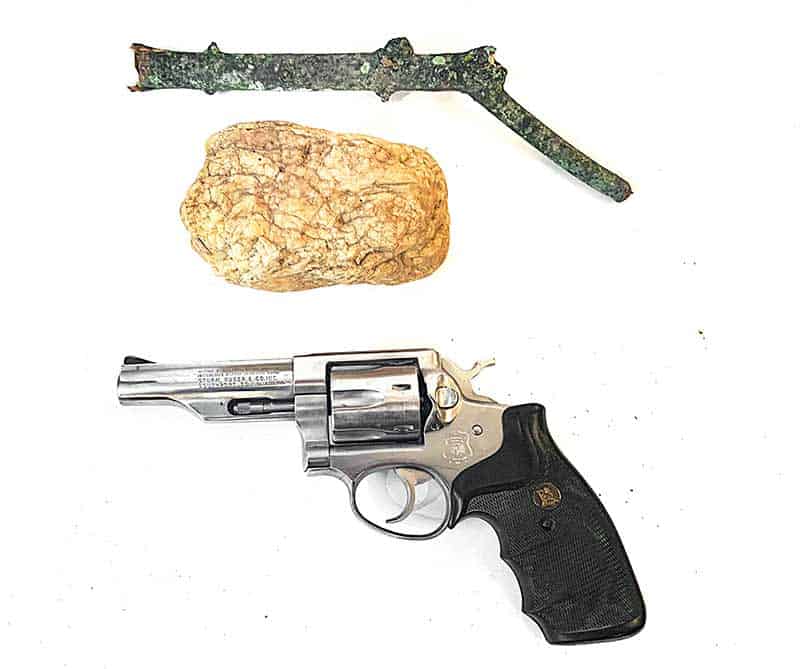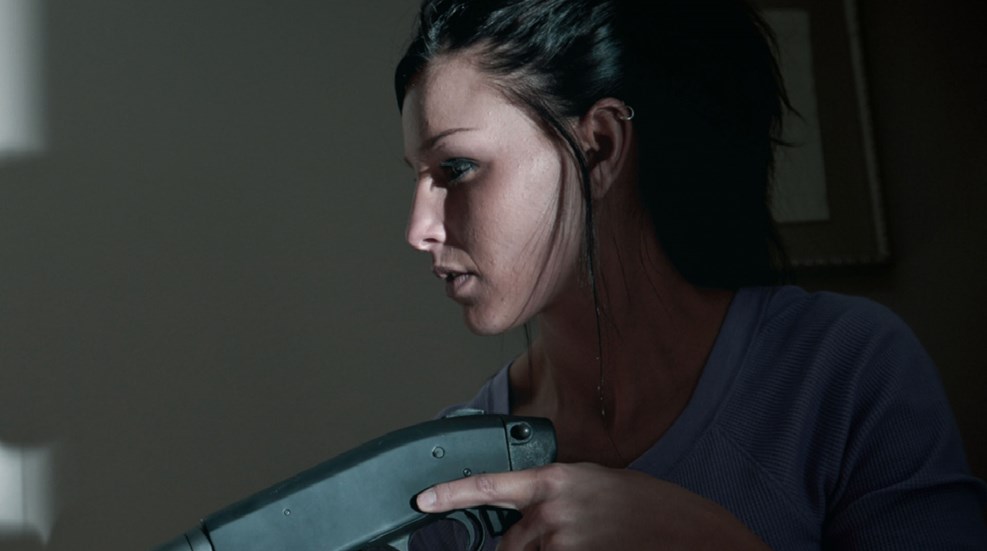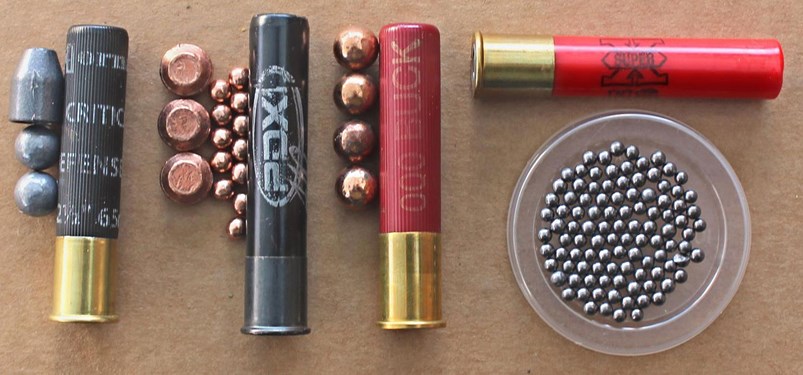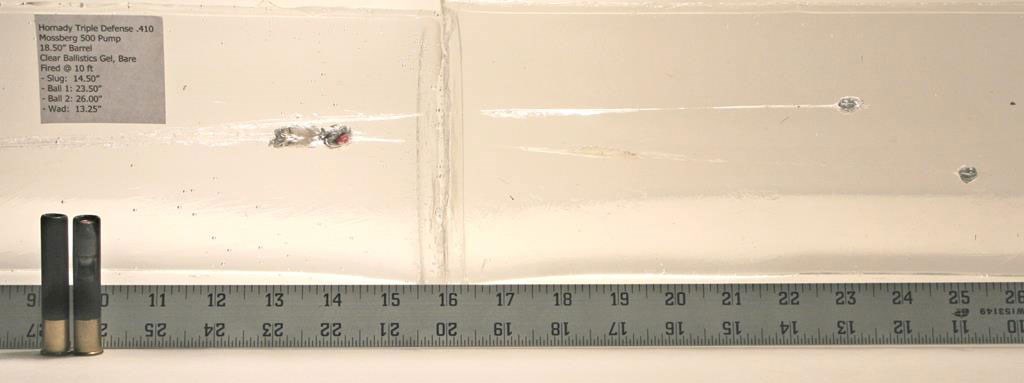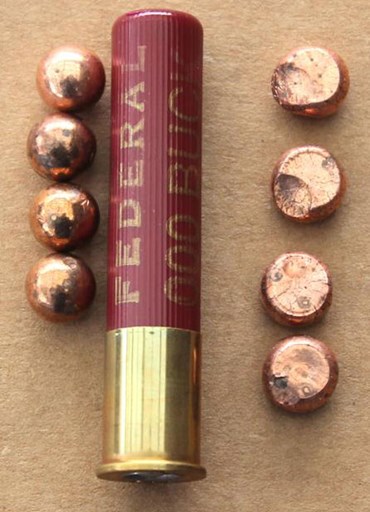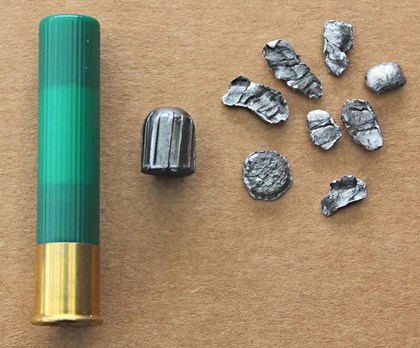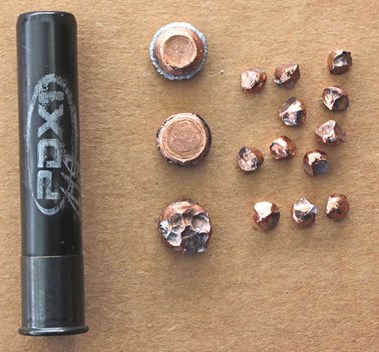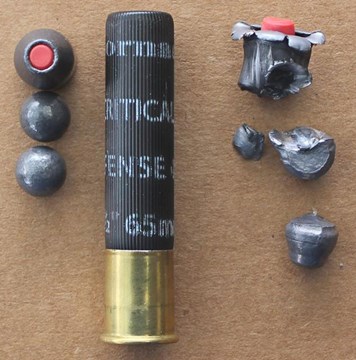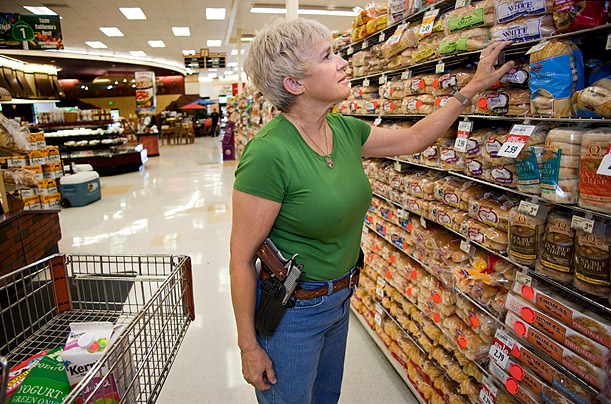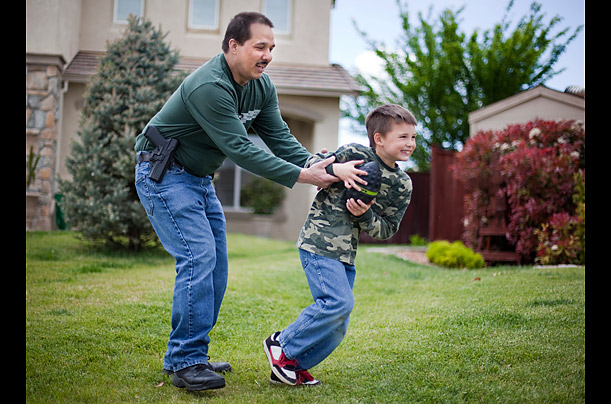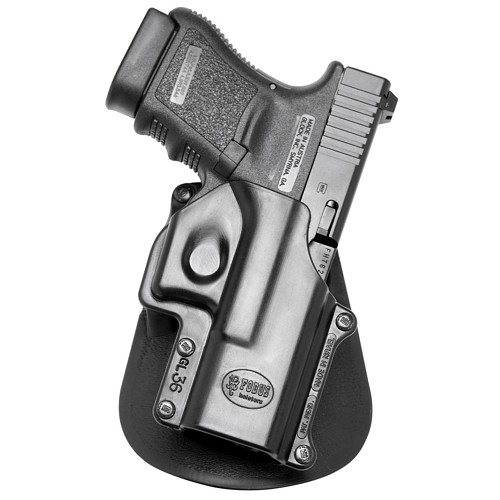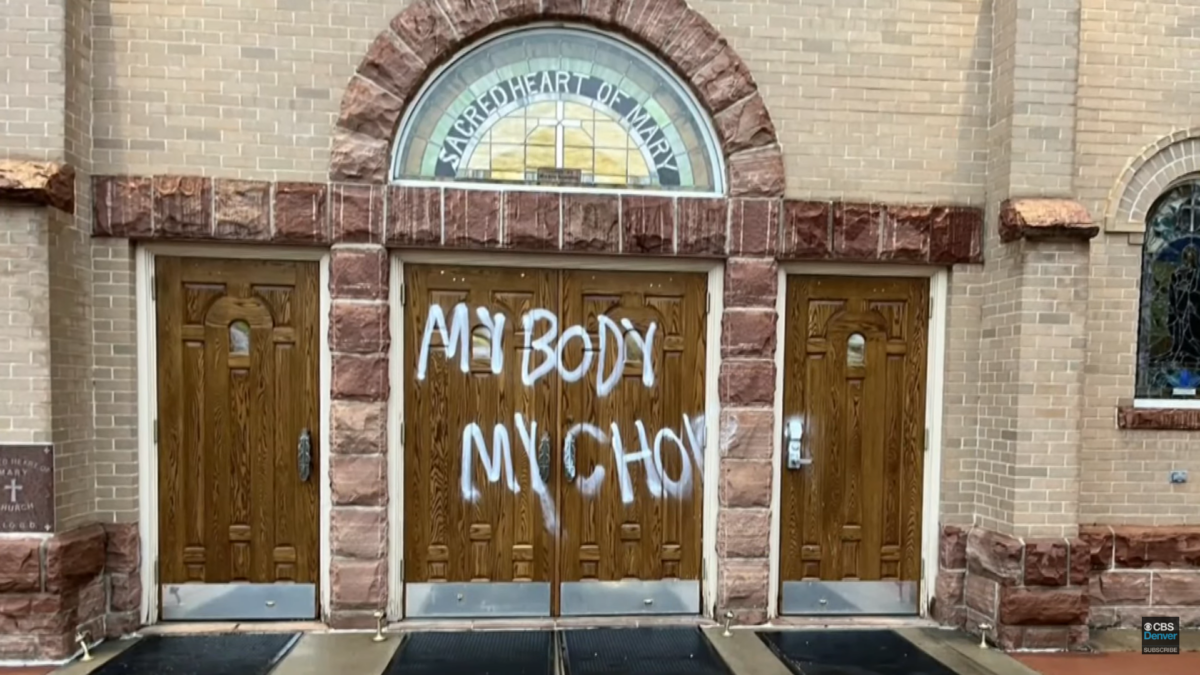In light of the Uvalde murders, I wanted to re-share an article that I wrote awhile back about the myth of gun free zones…
There’s been a lot of talk recently about “Gun Free” zones and, frankly, a lot of it has been useless blather from people who know nothing about guns and reveal more and more of their ignorance with each additional word they speak.
With that in mind, I want to share 5 “Gun Free” zone myths and responses you can use when you hear them.
Myth #1. Gun Free Zones make us safer and reduce crime. It should be obvious by now that gun free zones don’t make us safer. Any time you hear this argument, ask the person who makes it if they have “gun free zone” stickers on their cars to stop carjackings, “gun free zone” signs in their yards to stop home invasions, and wear “gun free zone” shirts and hats to stop muggings, robberies, rapes, etc. If they balk, remind them that “Change starts with me” and that they should “Be the change you want to see.”
If “gun free” zones make us safer, suggest that they tell that to the Secret Service and the State Department’s Bureau of Diplomatic Security. I’m sure they’ll change how they protect people right away.
The fact that these signs don’t exist in large numbers is a tacit admission that gun haters and people who are ignorant about guns KNOW, at some level, that gun free zones don’t work.
Equally silly is the thought that gun free zones reduce crime…they simply change the location.
First off, someone who intends on murdering large numbers of people will commit 5 or more misdemeanors and/or felonies in the process of firing their first shot. Do you really think that someone intent on murdering innocent people cares about breaking 1 additional law? Do you really think that someone who intends on killing themselves or committing suicide by cop cares about additional penalties from a judge? Of course not.
Next, gun free zones don’t reduce crime because they change the behavior of moral and ethical people who carry guns more than the behavior of murderers.
Concealed carry permit holders tend to be law abiding citizens…both because it’s their general nature and it’s kind of a requirement to get the permit. As a result, a higher percentage of concealed carry permit holders obey gun free zone signs and laws than murdering psychopaths.
Myth #2. Highly Trained Law Enforcement Will Arrive Immediately And Save You. Law enforcement is my literal and figurative family. They are short-changed when it comes to the training they get and what’s expected of them. The average officer receives about as much firearms training as a dog groomer before starting work. MANY patrol officers across the country only do their 1 day of mandatory training and qualifying per year and do zero practice with their firearms the rest of the year. Other officers are world class shooters who regularly do extensive reality based training and are training for the fight every day.
On average in the US, it will take 11 minutes for law enforcement to arrive (assuming that someone is connected with a HUMAN 911 operator the instant that the murdering starts). If a motivated murderer is unchallenged, they will historically shoot an average of 6-20 victims per minute. When law enforcement arrives, you may get an officer who shoots once a year and doesn’t really like guns or you may get an officer who does dry fire before every shift and has mentally rehearsed and prepared themselves for this situation. They have trained themselves to fight through the pain of minor gunshot wounds (like the officer in Uvalde). They have no quit in them and will finish the fight.
It is rare that a school resource officer has both the temperament to be a school resource officer AND be able to flip the switch and pursue a lethal aggressor. It happens and I’ve trained with one, but it’s rare. It’s much more likely that in a school full of teachers, administrators, and support staff that there will be a frustrated warrior or two who will already have the mindset and training to solve the problem…we just need to make sure they aren’t prevented from having the tools they need.
Myth #3 Common sense laws will stop mass shootings. We have more than 20,000 gun laws on the books in the US. What’s the magic next law that will make all of the bad people stop doing bad things?
The only thing that would take care of gun crime would be to eliminate guns. By definition, a country with zero (not even 1 gun) guns would have zero gun crime.
We’ve got more than 300 million guns in the US. They’re not going away. If they’re outlawed, then the law would disproportionately affect law abiding citizens. (remember, murderers don’t care about laws or the consequences of breaking them.)
But if we look at how this has worked out in DC, Chicago, Australia, the UK, and other places with strict gun laws, we see that it doesn’t work out well for law enforcement or the general public.
It didn’t work out well for Jews in Germany in the 30s, or minorities in ANY country throughout history that has been disarmed.
Look at Austria…one recent Muslim extremist mass murderer ran his car into a crowd and then got out and started stabbing the survivors.
Look at China…in the last few years, they’ve seen almost a dozen mass school stabbings and hammer attacks, including one where the attacker beat preschoolers in the head with a hammer and then lit himself on fire. Within 24 hours of the Sandy Hook attacks, one murderer stabbed 22 children in an attack in China. In another attack, 4 Muslim extremists used knives to kill 29 civilians and injure 140 others at the Kunming railway station.
Look at Northern Ireland…when gun ownership was prohibited for certain groups, those groups became targets of violence from the groups who could still own guns. Explosives, knives, rocks, and deadly modifications to potato guns took their place to fill the role of the gun. Violence didn’t go away with gun confiscation.
When someone thinks that gun laws will solve the problem of mass shootings, they need to ask themselves what the point is, to protect innocent people or convict guilty people more harshly after they’re dead?
Additional laws only allow for harsher penalties to be enforced, after the fact, on a murdering psychopath.
If you want to protect innocent people from murdering psychopaths who are comfortable breaking laws, you need to look to another solution than more laws. A solution like the most effective way to STOP the attacker.
Myth #4. Locking doors, hiding, throwing cans, and pleading/begging are effective strategies for stopping the threat.
We live in a time where we can find out an amazing amount of detail about EVERY active shooter situation that has happened in the US in recent history. We can see where these strategies were all tried and the outcome. None of them STOP the threat. They may delay death, reduce the number of innocent deaths, change who dies, create time and space for additional attacks, or change the location of deaths, but they don’t stop the threat on their own.
Myth #5. You’re unarmed if you don’t have a gun. This mindset is absolutely toxic. Poisonous. Corrosive. Venomous. Deadly. Wrong.
Yet it’s a common line of thinking for people who have it in their mind that a gun is a magical laser beam that gives the holder supernatural 1 shot killing ability that can only be matched by another gun.
The gun is just a tool that allows the mind to exert it’s influence kinetically at a distance.
The mind is the weapon that decides whether or not to wield tools in a moral and ethical manner or in a psychopathical/sociopathical manner.
As an example, what would have happened if some of the people who kneeled/layed down would have fought the attacker after he shot his first victim? Would they have been killed trying to stop him? Maybe.
We know that at the Umpqua shooting in 2015, at the first sign of armed resistance (from police in this case), the killer ran, hid, and shot himself in the head, ending the killing. If that would have happened after he shot his first or second victim, it wouldn’t have even been considered a “mass shooting.”
I need to be clear…I’m not surprised that nobody who was lined up to get executed fought back.
One soldier, Chris Mintz, actually did fight back at Umpqua…and a lot more. He set off fire alarms, directed students away from the shooting, and then headed towards the gunfire, and attempted to block a door so the gunman couldn’t get through.
He stopped fighting when he was mechanically unable to…because he had one or both legs broken from being shot.
But nobody joined him. And it doesn’t surprise me. And I wouldn’t have expected them to act any differently than they did unless they had different training. The phrase, “you’ll perform half as well in battle as you do in training” applies. If you have zero training, then your expected performance will be that you’ll freeze, cower, or run…and running is probably the best option for someone with no training, but history tells us that the untrained are much more likely to freeze or panic than deliberately run.
When someone who has no training cowers, it’s not cowardly. It’s a reflection of a lack of training. You can’t be expected to perform beyond the level of your training…and that’s why training is SO important, like the Praxis Dynamic Gunfight Training course that goes WAY beyond static, sterile, paper-punching skills that most gun owners call “training.”
But an effective response could have been simple, like grabbing fire extinguishers and, as Clint Smith says, “spray ‘em with the white stuff and then hit them with the red thing.” It completely baffles me that every classroom in the country doesn’t have at least 2 fire extinguishers for this purpose. It’s relatively inexpensive, most likely donated, not threatening, and it’s something that could be implemented any day of the week. A big crowd-control sized pepper spray can may freak out parents, but would a fire extinguisher attached to the teacher’s desk?
It could have been deploying a concealed carry firearm. We have super-stupid federal “gun free zone” legislation that should be eliminated immediately, as well as state laws regarding carry at schools, but that brings up a VERY important point that few concealed carry permit holders know.
In many cases, it is “against the rules” but not illegal to carry a concealed carry firearm in a gun free zone. In other cases, it results in being asked to leave. In other cases, it’s a simple, minor misdemeanor, like trespassing. In other cases, it’s a serious misdemeanor. In other cases, it’s a felony. We have an inconsistent, illogical patchwork of gun laws in this country and you NEED to know the laws where you live.
You could be a teacher somewhere where carrying a gun in a gun free zone on campus might be legal but against school policy and just mean a firm talking-to or it could be losing a job or a serious crime with possible jail time.
If not a fire extinguisher or a gun, then Tasers (not stun guns), knives, pepper spray, or other purpose built or improvised defensive tools combined with offensive strikes can easily change the number of innocent people who were murdered.
But, again, these things are simply TOOLs. The only weapon is the mind. And an effective tool in the hands of someone with an ineffective mind is useless. You must train the mind.
You must train the mind to see targets on the human body.
Watch any UFC fight and you’ll see trained fighters hitting each other in the head and body for 5, 10, and 15 minutes at a time. This illustrates just how ineffective most strikes—even really hard strikes from professional fighters—are at stopping a threat.
A fighter will absorb massive kick after kick after kick and keep fighting, but if their left nut gets grazed, the ref will stop the fight and give them a chance to recover.
A fighter will absorb dozens of punches to the face, but if they barely get touched with a pinky finger in the eye, the ref will stop the fight and give them a chance to recover.
Fighters will try to “knock a guy’s head off” for an entire fight with strikes you can feel from home, but any one of these strikes delivered a few inches lower, to the throat or side of the neck, would instantly knock him out or crush their opponents’ windpipe.
Targeting matters, but conditioning the mind matters too. You must train the mind to be able to switch from the loving, caring, empathetic, socialized person that you are to a cold-hearted robot with ice flowing in your veins JUST long enough to stop the threat with the minimum force necessary to preserve human life.
And the most scientific and proven way that we know of to do this is with the Fight To Your Gun training
It’s based on gross motor movements and what’s in your environment, so it’s effective on younger, faster, bigger, and stronger attackers and it’ll allow you to stop a lethal force threat at bad breath distance faster than you could with a concealed carry pistol.
